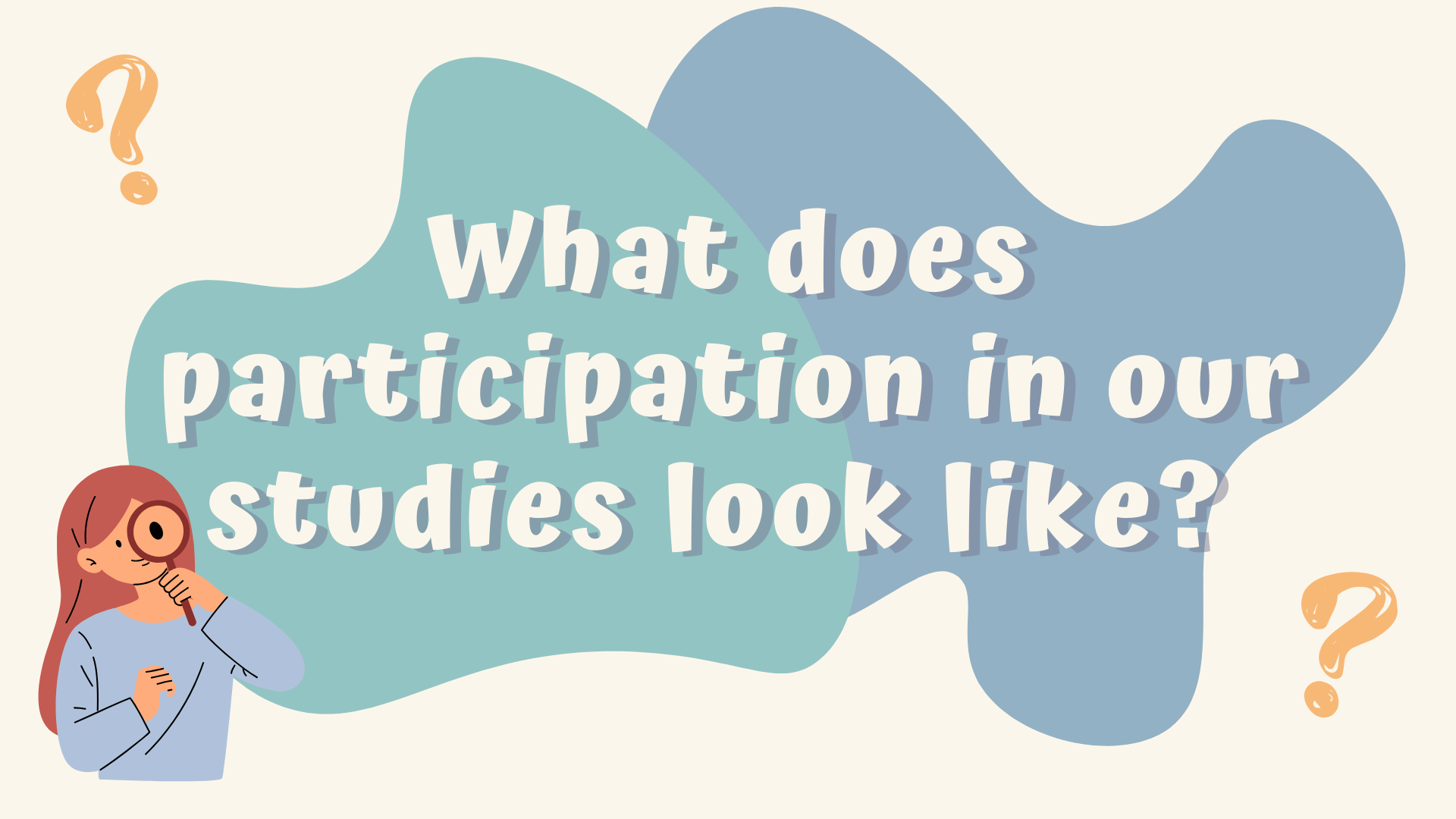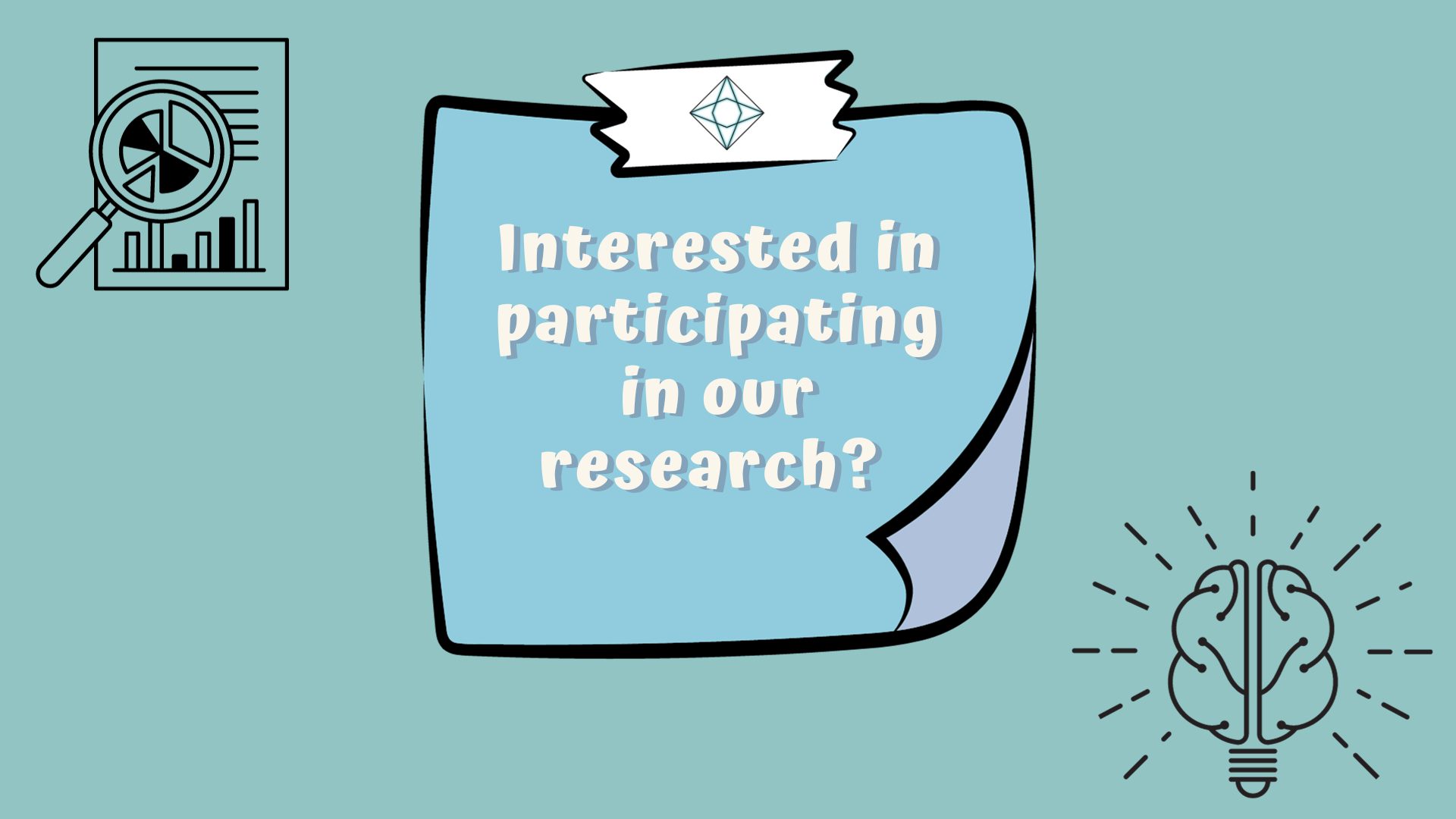RESOURCES FOR PARTICIPANTS
Curious about what participation in research studies involves?
The following posts and videos break down what participation in studies at the DSEC Lab looks like!
Follow us on Social media for more posts like these! @DSECLab
Participation Overview
Have you ever wondered what it’s like to participate in a research study in a Psychology lab, like the DSEC Lab? Here’s a quick overview of what you can expect if you agree to participate in a study with us! 😁
Our studies are easy, safe, and an opportunity to contribute to science (and often, make a few $!). What questions do you have about being a participant? Let us know in the comments below! 👇
#demystifyingresearch #psychology #research #studies #science (🖋 credit to Reem Atallah)
Participating in Express-1
Are you curious about what happens in one of our @dseclab studies? 🧐 Lab Coordinator Sarah Robichaud takes us through the process of participating in our EXPRESS study, which is interested in how teens’ use of nonverbal expressions develops during adolescence. We are always looking for new participants (ages 10-15, able to visit our lab at Queen’s in Kingston, ON). 💫 More info about EXPRESS (including how to sign-up) is available under the “Get Involved” tab.
#research #YGK #YGKfamilies #YGKteens #kingstonON #science #psychology
DETECT-A Explained
Have you ever wondered how researchers measure visual attention? 👀 There are many ways to do this! Grad student Riley Bonar and Honours sstudent Emily Schreiner give us a #BTS look at one kind of visual attention task: the ✨ dot-probe ✨. We use this in our DETECT study! 😊 Using an eye-tracker, we can measure people’s eye movements as they look around a screen. This gives us an idea of the kinds of things that draw people’s attention in their environment. ❗
#psychology #research #explainittome #insiderspeek #bts #YGK #YGKstudies #YGKresearch #YGKfamilies #kingstonON
CONFIDENTIALITY EXPLAINED
What do researchers mean by “confidentiality”? 🔒 This is an important concept. All researchers must make sure that they protect participants’ confidentiality throughout the study. 🤐 DSEC Lab coordinator Sierra McNulty explains how we do that!
Do you have a question about confidentiality that isn’t covered in this video? Let us know in the comments below, or by DMing us! 📩
#research #YGKfamilies #YGKteens #families #teens #kingstonON #science #psychology #confidentiality #explainer
cONSENT & ASSENT EXPLAINED
One of the most important aspects of a research study is ensuring that our participants are providing active and informed consent to participation. For our youth participants, this involves getting consent from their caregiver(s), and obtaining their assent to participate as well. 🤝 In this video, DSEC Lab coordinator Sierra McNulty takes us through the ins and outs of what consent means in a research context. What questions do you have about this process? Let us know below! 👇
#demystifyingresearch #psychology #research #developmentalpsychology #ethics
ONLINE study participation EXPLAINED
Have you ever been curious about what it’s like to participate in an online research study? ❓ The DSEC Lab has launched a few online studies in the past few years, to help us understand how we interpret emotional voices and other social information without needing participants to visit the lab in person. Here, DSEC Lab members Peyton Nault & Dove Gadkar walk you through tips and tricks for a smooth online study experience! If you are interested in participating in an online study, check out our website (link in bio!) for info on how to sign up. 💻
HAIR SAMPLING EXPLAINED
Did you know that a strand of your hair can provide an estimate of your hormone levels over the past few months? 💇 It’s true! The DSEC Lab is collecting a sample of participants’ hair to get a better sense of their pubertal status—that is, where they are at in their pubertal development. We are doing this to learn more about how puberty is linked to changes in teenagers’ social and emotional communication skills. To keep this “hair cut” from being visible, we take a small piece of hair from the back of the head, underneath the main hairline. ✂️ Check out the video for a demonstration of how we do it! 📹 As always, let us know if you have any questions! 😊 (Many thanks to Honours student @Riley Bonar, former NSERC USRA student @Reem Atallah, and volunteer Bingyi Lin for creating this video!) #research #YGK #psychology #development #adolescence #science
Check out our Get Involved page or email us at dseclab@queensu.ca







